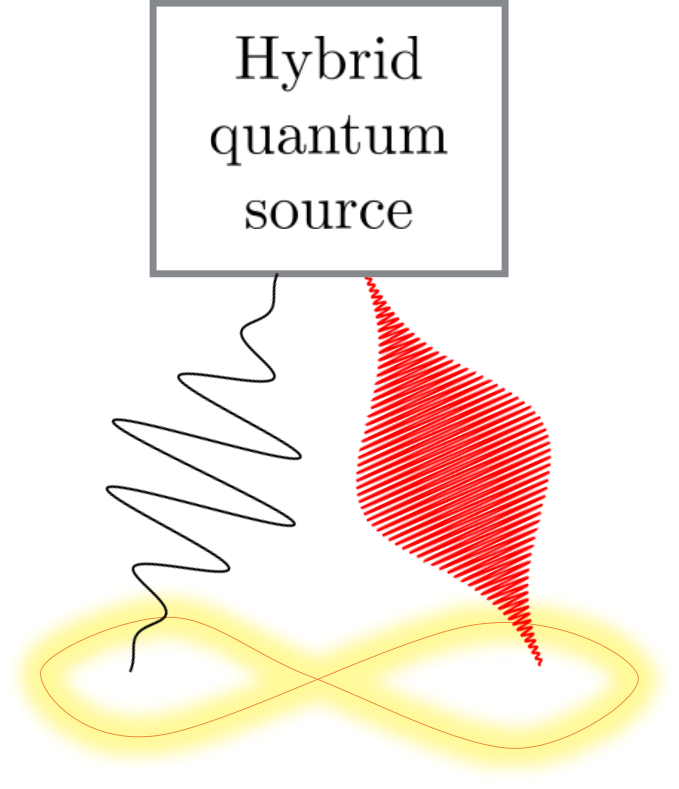The Quantum Integration Laboratory (QIL) probes the quantum interactions between light, electronics, and atoms embedded in crystals. Understanding and engineering these interactions at the atomic scale
promotes new technologies for connecting quantum systems through optical networks: a quantum internet.
The current focus for the QIL team are crystals containing erbium atoms, which provide a platform for robust storage of quantum information, multi-system compatibility and versatile on-chip architectures.
Please contact QIL Director Dr John Bartholomew to discuss opportunities for getting involved in our research.
Research Projects

Rare-earth ion spin qubit networks
Single rare-earth ions embedded in crystals are an appealing platform for investigating small networks of entangled qubits. We are engineering isolated erbium complexes in crystalline hosts to optimise ion-photon coupling and minimise decoherence.
Collaborations:
Prof. Sven Rogge – UNSW, Sydney.
Prof. Mike Reid – University of Canterbury, NZ.
A/Prof. Harald Schwefel – University of Otago, NZ.
Further reading:
Single Nd ion coupled to a nanophotonic cavity (2018, Faraon group at Caltech)
Optical readout of a single Yb-ion qubit (2020, Faraon group at Caltech)

Hybrid sources of entanglement
By using the optical, electron spin and nuclear spin degrees of freedom in rare-earth ions such as erbium, it is possible to build quantum devices that can link microwave and optical hardware. We are currently researching protocols and devices that generate highly non-degenerate entangled photon pairs to enable room temperature optical links between superconducting qubits.
Collaborations:
Prof. Andrew Doherty & Dr Tom Smith – USYD Theory Group.
Advanced FBG Facility – USYD.
Further reading:
On-chip coherent microwave-to-optical transduction in Yb:YVO4
(2020, Faraon group at Caltech)
Integrated Er:YVO4 transducer with nanophotonics and planar superconducting circuits
(2023, Faraon group at Caltech)

Quantum hard drives
The hour-long coherence times observed in optically addressable nuclear spin transitions in rare-earth ions opens up an entirely different way to distribute entanglement: quantum hard drives. We are developing quantum hard drive technology based on erbium and exploring the implications for high resolution optical very long baseline interferometry.
Collaborations:
Prof. Jonathan Bland-Hawthorn – Sydney Institute for Astronomy.
Prof. Matthew Sellars – Australian National University.
Further reading:
6-hour coherence times in Eu3+:Y2SiO5 (2015, Sellars group at ANU)
Quantum hard drives for high resolution astronomy (2021)
Quantum-enhanced astronomy articles from:
Scientific American and Quanta Magazine.







